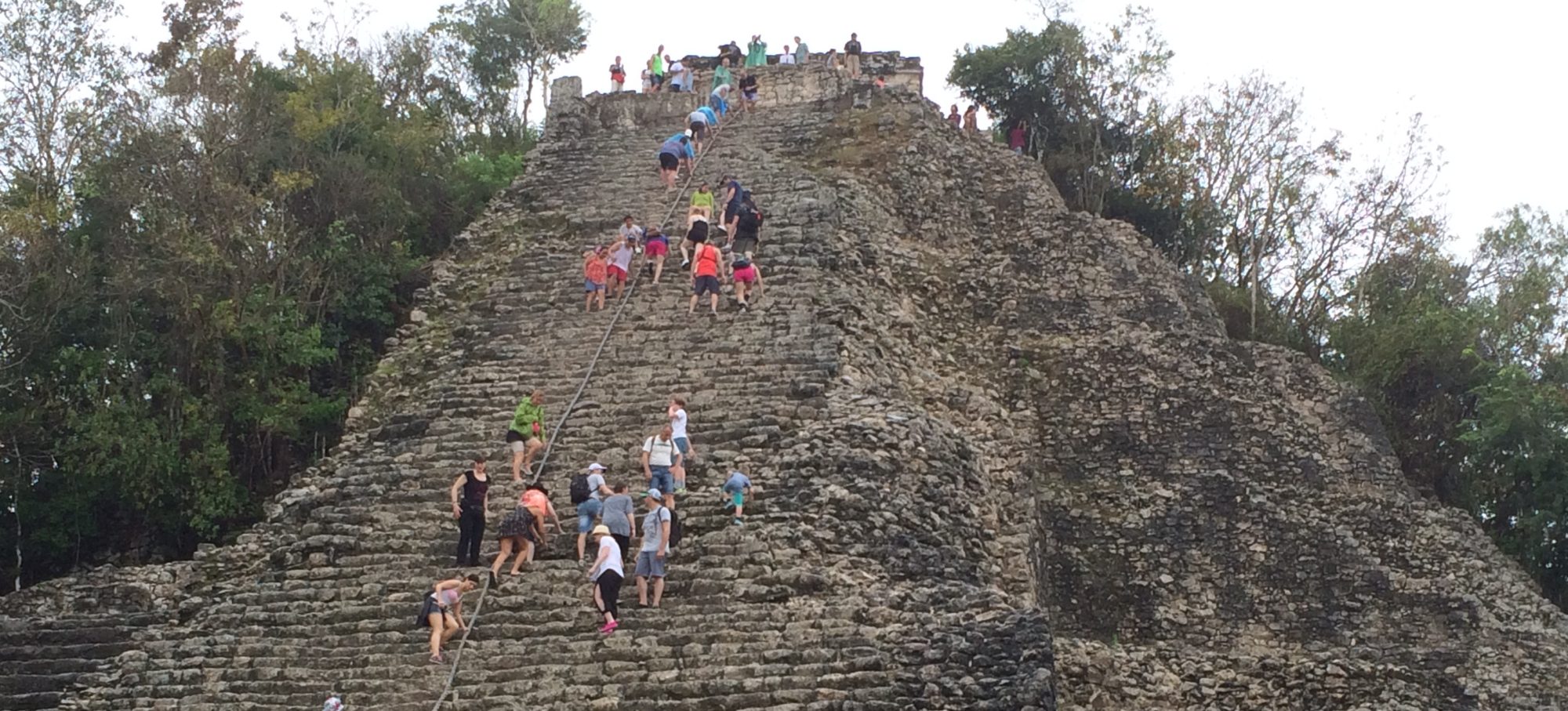June 8, 2019 at Penn Museum: Jeffrey Vadala PhD: “Using Virtual Reality to Understand Ancient Maya Astronomy and Human-Environmental Relations”
Among New and Old World ancient societies, the ancient Maya are known to have one of the most complex and precise systems of understanding, tracking, and observing the flow of time. Using maps and mathematical calculations, archaeologists, art historians, and epigraphers have found that these temporal systems were developed through the use of architectural calendars. Over time, these constructions developed into monumental observatories that were used to track celestial phenomena and host political ritual events.
Primarily focused on functional elements of architecture, previous studies produced highly generalized interpretations without considering how ancient Maya people experienced and interacted with both the natural and built landscape’s that contextualized the locations of these observatories. Focusing on the human experience of both the built and natural landscape, this study uses computer modeled virtual reality (VR) 3D interactive simulations to explore how the Maya interacted with their local environment and produced local astronomical knowledge at the Preclassic site of Cerro Maya (formerly known as Cerros). This research employed fully interactive virtual reality simulations of Cerro Maya to identify two previously unknown early Maya architectural solar alignments. Additionally, by considering how these architectural alignments were transformed as Cerro Maya grew from a small seaside village into a monumental trading center, VR simulations made it possible to explore how local history, environmental knowledge, and astronomical knowledge were produced and experienced differently by the various competing social orders at the time. As astronomical knowledge developed alongside society at Cerro Maya, it would come to play an important role in the development of hierarchy and social organization. Beyond archaeology, this research demonstrates that virtual reality simulations can be a powerful analytical tool for digital humanities scholars that study or explore human landscapes both built and natural.
As an anthropological archaeologist focusing on human-environmental relationships in the Maya region, Jeffrey Vadala utilizes Bayesian modeling, social network analysis, 3D interactive site reconstruction, and the analytical use of virtual reality headsets for spatial analysis. His publications cover topics such as virtual reality methodologies, historical landscape analysis, and the emergence of Maya hierarchy. This includes the publication “Astronomy, Landscape, and Ideological Transmissions at the Coastal Maya site of Cerros, Belize,” with Susan Milbrath as a co-author, which explores how architecture monumentalized important seasonal events related to agricultural cycles. His most recent article, “Using Virtual Reality to Explore the Emergence of Astronomical Knowledge,” employs virtual reality technology and a landscape approach, to explore how architectural landscapes were fundamental to the generation of social knowledge at the site of Cerro Maya

